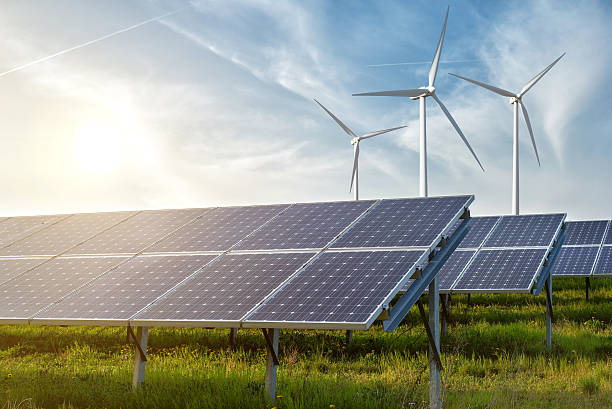
FAQ About Clean Energy
Clean Energy
2 years ago | gizem
How are governments promoting the adoption of clean energy?
Governments around the world are implementing various policies and initiatives to promote the adoption of clean energy. These efforts aim to accelerate the transition from fossil fuels to renewable energy sources and create a more sustainable and low-carbon energy future. Some of the key ways governments are promoting clean energy adoption include:
- Renewable Portfolio Standards (RPS) or Renewable Energy Standards (RES): Governments set targets for utilities to procure a certain percentage of their electricity from renewable sources. Utilities must comply with these standards, stimulating investment in clean energy projects.
- Feed-in Tariffs (FiTs) and Power Purchase Agreements (PPAs): Governments offer incentives to renewable energy producers, such as fixed electricity prices for a specific period (FiTs) or long-term contracts (PPAs), to provide stable revenue streams and encourage investment in clean energy projects.
- Tax Incentives and Subsidies: Governments provide tax credits, grants, and other financial incentives to individuals, businesses, and industries that invest in renewable energy technologies, reducing the upfront costs of clean energy adoption.
- Net Metering and Feed-in Premiums: Net metering allows energy consumers with solar panels or other renewable systems to sell excess electricity back to the grid. Feed-in premiums offer higher prices for clean energy producers who contribute electricity to the grid.
- Renewable Energy Certificates (RECs) or Green Certificates: Governments create tradable certificates to represent the environmental attributes of clean energy generation. These certificates can be sold or traded, providing additional revenue for clean energy projects.
- Energy Efficiency Programs: Governments promote energy efficiency measures to reduce overall energy consumption and complement clean energy adoption efforts.
- Clean Energy Research and Development: Governments invest in research and development to advance clean energy technologies and improve their efficiency and cost-effectiveness.
- Climate and Energy Targets: Governments set ambitious climate and energy targets to reduce greenhouse gas emissions and increase the share of renewable energy in their energy mix.
- Public Investment and Funding: Governments provide public funding and support for clean energy projects, both in infrastructure development and research initiatives.
- Green Procurement: Governments adopt green procurement policies, committing to purchase a certain percentage of their energy from renewable sources and encouraging private companies to follow suit.
- Energy Performance Standards: Governments establish energy performance standards for appliances, vehicles, and industrial processes to promote energy efficiency and incentivize the adoption of cleaner technologies.
- Clean Energy Education and Outreach: Governments raise public awareness about the benefits of clean energy and the importance of sustainable energy practices through educational campaigns and outreach programs.
